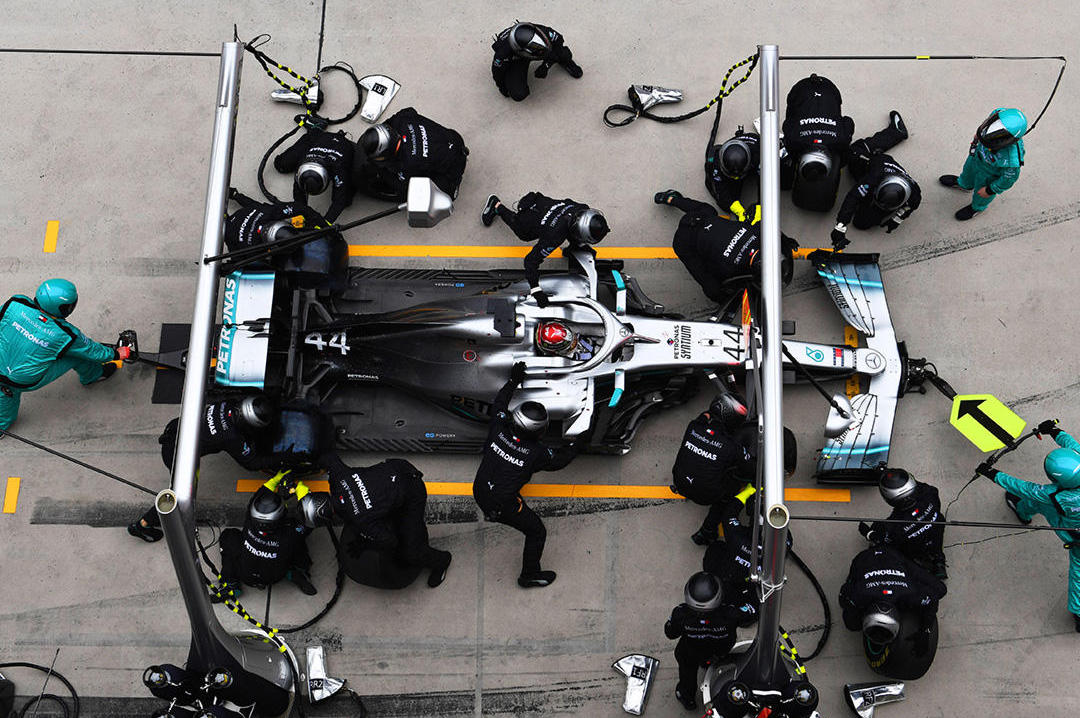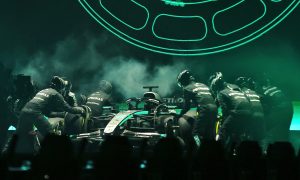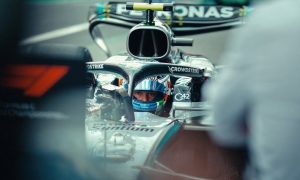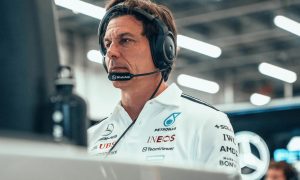
Mercedes trackside engineer Andrew Shovlin says the double-stack pitstop that the team used to its benefit in China is a "useful tool" but one that is rarely exploited.
The German squad's bold strategy in Shanghai was set in motion when Red Bull's Max Verstappen pitted for a second time and was followed by Sebastian Vettel.
To avoid its leading drivers from being undercut by the Ferrari driver, and to keep Lewis Hamilton in front of team mate Valtteri Bottas, Mercedes had no alternative but to go for the double-stack pit stop, a move initially suggested in the heat of the moment by team boss Toto Wolff.
"It was actually Toto who suggested that we do a stacked stop," explained Shovlin in Mercedes' 'Pure Pitwall' debrief broadcasted on YouTube.
"That then becomes a discussion between James Vowles and Ron Meadows.
"Ron is the sporting director and he is just checking that he is comfortable with the gap between the cars, that we can get the pit crew ready to do the stacked stop and have both sets of tyres in the pitlane.
"James is the one who gets the final decision on this and he decides to go ahead with it."

The spectacular stacked stop was executed flawlessly by the Silver Arrows crews, with Bottas losing just half a second to Hamilton in the process.
Shovlin admits however that the scheme remains a risky proposition, and an eventuality which the team cannot completely reenact in between races.
"It's one of the hardest things to practice because you don't have two cars to practice with," added Shovlin.
"We do have a pit stop car here, we can practice getting both sets of tyres out, we can practice doing two stops in succession, but you can never really quite get the same situation with the car rolling into the box.
"You can see it's quite difficult for the rear jack-man because he's got to get out of the way when the first car leaves and get into position when the second one comes in.
"So the choreography is quite tricky, there's a bit more to organize and having that many tyres in the pitlane is a bit of a risk, you've got to make sure the right tyres go on the right car.
"It is something we do as much preparation for as we can."
As efficient as the double-stack can be, it's a game plan applied only in special circumstances when all other alternatives are discarded.
"You try not to do them unless you have to because if you have any problem with the first car, it also impacts the second," said the British engineer.
"And you can go from being first and second in the race to third and fourth in no time.
"So it isn't something you do every day, but on the occasions where it makes sense it's a really useful tool to have in your tool set."
Gallery: The beautiful wives and girlfriends of F1 drivers
Keep up to date with all the F1 news via Facebook and Twitter





